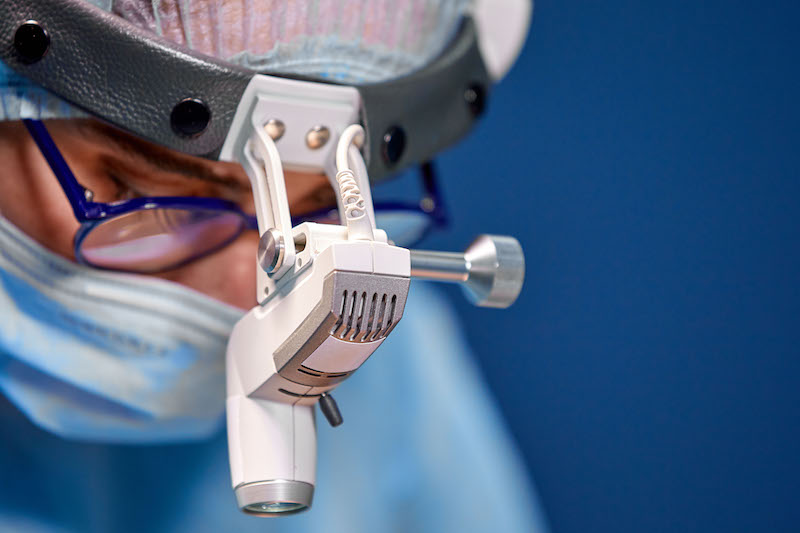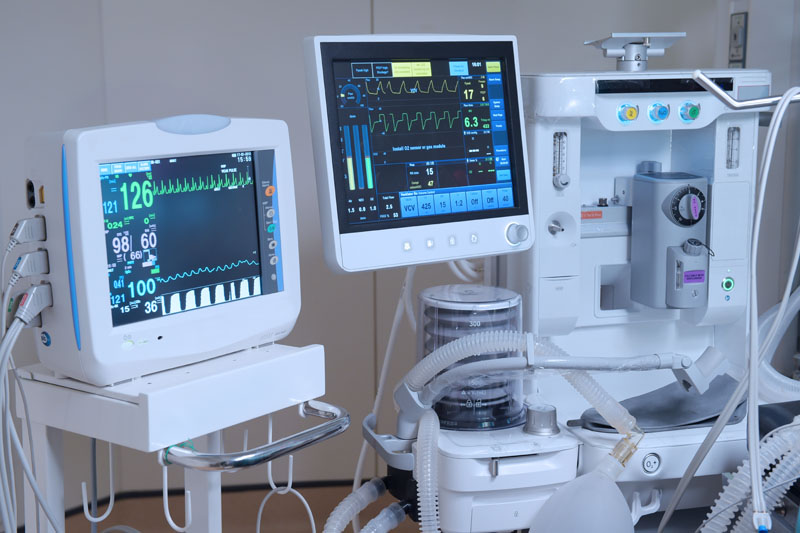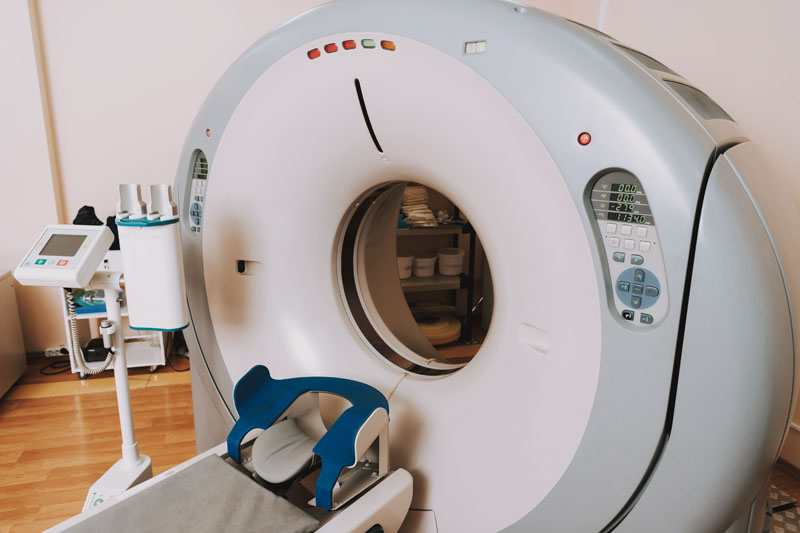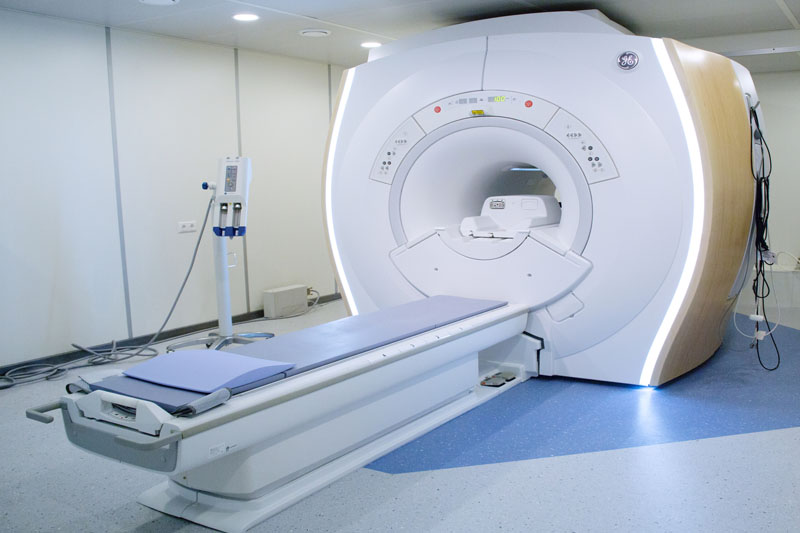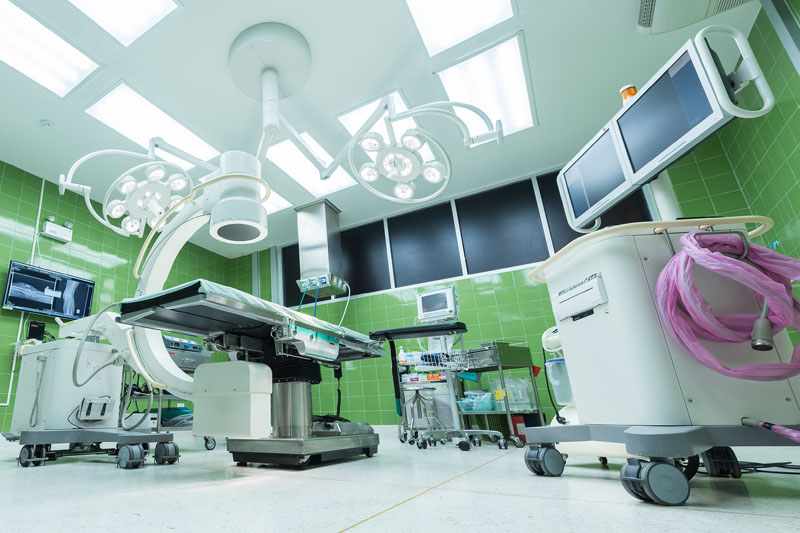Surgeons should not need to operate in the dark.
Sensitive medical equipment should not be subject to power surges or sudden shutdowns.
Vit Tall Healthcare Analytics & Informatics is trying to make the world a safer place for medical patients - one hospital at a time.
Our Mission
-
Better Monitoring
As a precursor step, Vit Tall Healthcare Analytics & Informatics focuses upon deploying Industrial-grade Internet of Things (IOT) Sensors, understanding the optimal information processing and engineering the apropos communications of this information (i.e. informatics), as well as instantiating the monitoring of the telemetry data from these Industrial IOT Sensors.
-
Better Analytics
It can be said that Vit Tall Healthcare Analytics & Informatics operates at the nexus of Healthcare Analytics and Healthcare Informatics. Healthcare Analytics is the branch of analysis that focuses on offering insights into, among other things, hospital management; clearly, the reliability, stability, and quality of the electric power supply for a hospital and the involved medical equipment is of paramount significance for hospital management. Along a similar vein, the U.S. National Library of Medicine (NLM) defines health informatics as "the interdisciplinary study of the design, development, adoption and application of [Information Technology or] IT-based innovations in healthcare services delivery, management and planning;" clearly, IT-based innovations that enhance electric power supply resiliency (to mitigate against power outages) for healthcare services delivery (e.g. utilizing digital systems to access electronic patient medical records) can be construed to reside within this ecosystem. From a venn diagram perspective, Vit Tall Healthcare Analytics & Informatics operates at the intersection of Healthcare Analytics and Healthcare Informatics. Accordingly, a core competency of Vit Tall Healthcare Analytics & Informatics is that of harmonizing and optimizing information technology and information engineering for the healthcare sector.
-
Better Prioritization
Under certain circumstances, such as during a power outage, prioritization schemas are relied upon. Under complex conditions and with limited time to make decisions, software prioritization algorithms can support decision-making. In this realm of data science for healthcare, for the described involved numerical analysis for prioritization, a numerical method is a mathematical function designed to solve problems with the apropos programming language(s) for an optimal implementation (i.e. numerical algorithm). For years, Vit Tall Healthcare Analytics & Informatics has been pragmatically operationalizing numerical methods for peer-reviewed software algorithmic implementations.
-
Better Decision Engineering
It is fairly universally accepted that, among other definitions, engineering is the application of scientific knowledge to invent, design, build, maintain, research, and improve structures, machines, devices, systems, materials, and processes. Decision Engineering, then, is often recast as to how decisions of a particular kind are made within organizations and how improvements to decision-making come about; restated, it is the application of relevant knowledge to design, architect, engineer, maintain, and enhance systems for optimal decision-making. For years, Vit Tall Healthcare Analytics & Informatics has invested tremendous amounts of time and resources into understanding how better monitoring, better analytics, and better prioritization can help segue to better decision engineering for [data] evidence-based decision-making at the intersection of Healthcare Analytics and Healthcare Informatics, particularly as pertains to formulating a resiliency calculus for hospital and healthcare facility management.
Key Issues
Healthcare Analytics is a branch of analysis that focuses on offering insights at both the macro and micro level with regards to the healthcare industry. Among other insights, the reliability, stability, and quality of the electric power supply for a hospital and the involved medical equipment is of paramount significance. After all, hospitals and healthcare facilities rely upon a reliable and stable electric supply to keep people alive. In a natural disaster or extreme weather event, such as the recent Hurrican Dorian, hospitals play an even more vital role. They must not only perform their day-to-day operations, but they also have first responder responsibilities on the front lines of a disaster. When widespread power outages strike throughout an electrical grid, hospitals should (in theory) be outage-proof. Yet, even when emergency power systems are employed, they are not always reliable. By way of example, many city hospitals had backup systems in place during Hurricane Sandy, but many of these systems failed. In addition, the backup generators at certain hospitals did not have enough fuel to last through the sustained outage, and other hospitals discovered that their battery backups had not been replaced in many years and were no longer working. Hurricane Sandy was a seminal event that illuminated the need to enhance the energy resiliency for hospitals and healthcare facilities. Hurricane Dorian was just a recent reminder, as exemplared by the case study of a power outage and shortage of fuel for the backup generators, that much more progress can be made in the area of resiliency.
In general, hospitals are exempt from planned blackouts. However, unplanned blackouts (e.g. Hurricane Dorian) are always a possibility, and electrical surges can damage expensive medical equipment. Putting aside the issue of electrical surges, the questions remains - post-blackout - whether critically needed medical equipment will be able to power recycle properly (i.e. turn back on properly). The question generally turns to why a hospital would not immediately employ its backup generators and why there would be a loss of power given uninterruptible power supplies, which help sensitive medical equipment transfer over to the generator as safely as possible. The surprising facts are that backup systems do not always work properly (approximately 23% of generators fail to operate during a power outage, and battery backup failures have been equally as prevalent at 25%), and in many instances, they do not activate instantaneously. It is that small lag time that is the root of many malfunctions of sensitive medical equipment as they attempt to power recycle. In addition to medical equipment becoming non-operational, such as during The Northeast Blackout of 2003, hospitals can experience a loss of Heating, Ventilation, and Air Conditioning (HVAC), the loss of the ability to sterilize instruments at certain facilities, and the loss of refrigeration (e.g. blood banks). Given the loss of power, keyless entry systems (without power) might prevent (as has happened) access to medication, vaccines, and other medical supplies. There have been cases where physicians and staff were unable to view X-rays utilizing digital systems and could not access electronic patient medical records. Moreover, without power, the patient signaling system has gone offline, so patients could not reach medical and hospital staff. More recently, a 2017 power outage caused a medical center's communications system not to work; internal phones between departments did not work, and patients could not call in. Even more recently, in 2019, both electrical cables serving a prestigious hospital failed. A report from the hospital to the state's Department of Public Health stated, due to “the high temperature, we could not resume normal operations, as some of our diagnostic equipment needed to cool before being brought back on line;” interestingly, the hospital’s emergency backup generator system had indeed kicked in, but it did not have the capacity to maintain cooling for the medical equipment in every area.
Backup secondary lightning should switch on during a power outage. However, the primary lightning will be off. Surgery might not be a task that should be performed amidst inadequate lightning. By way of example, although there is a case of a practitioner able to successfully remove staples from a neck surgery using the flashlight on a smartphone, the procedure performed was a routine one. Adequate lightning seems to be a universally accepted maximum for high-risk surgical procedures. A power outage and two generator failures forced a large university hospital to transfer one patient and cancel elective surgeries in 2018. After an unplanned power outage occurred due to a tree limb falling on power lines, the hospital lost power. The backup generator kicked in, but it failed within 30 minutes. The entire hospital was completely without power for two minutes (clearly, this was beyond the National Fire Protection Association 110 Standard and National Electrical Code, which require emergency power restoration to healthcare and critical-care facilities within 10 seconds of an outage). When the hospital switched to a secondary backup generator, it also failed. Ultimately, once power was restored, it took two hours for the entire hospital system to come back online.









